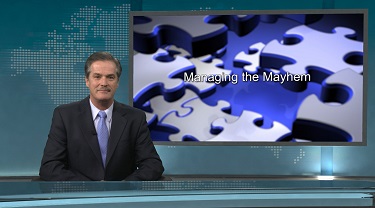So far, growth is winning out. Although there are potential disruptions, what is clear to date is that business is meeting market demand. As such, we see U.S. growth accelerating from 3 per cent this year to 3.3 per cent in 2019. The other global ‘engine’ economy, the EU, is set to have back-to-back years at just over 2 per cent, which is ahead of long-run potential. Emerging markets will collectively grow by 4.7 per cent in 2018, and down a shade next year to 4.6 per cent as China eases marginally. On balance, global growth holds the line at 3.2 per cent this year and next.
Still, the headwinds are having an effect on the outlook. First, uncertainty on the trade policy front is undoubtedly creating an ‘investment-hesitation’, and at a precarious moment: growth and looming capacity constraints are crying out for increased physical investment on plant and equipment. Second, higher interest rates are a reality that a whole generation has never had to deal with. Adjustment will be hard enough in developed markets, but larger swings in the emerging world, already in process, will be with us for some time to come, creating instability. Managing through these issues will be a near-term strategic imperative.
Canada is capitalizing on the good times. Commodity prices are generally stable. Interest rates will continue rising, but at a slower pace than in the United States. As such, we expect a stable currency that rises modestly through next year. This, together with solid global growth will see Canada’s exports rise by 6 per cent this year and 4 per cent in 2019.





